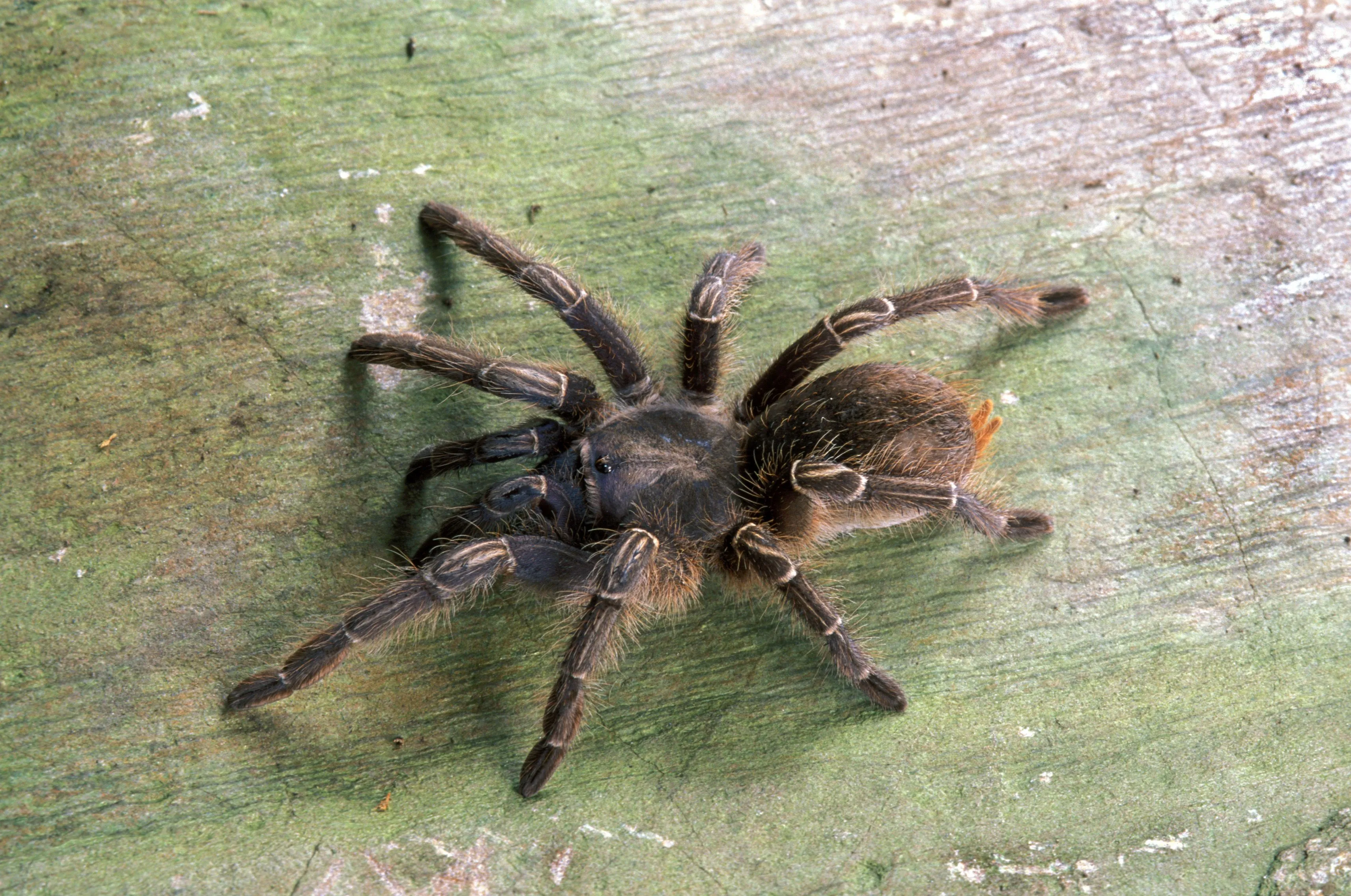Tarantula Care Guide
Embarking on the journey of tarantula ownership can be incredibly rewarding, offering a unique perspective on the invertebrate world. This tarantula care guide is designed to help both novice and experienced keepers ensure their spiders thrive. From selecting the right species to understanding their specific needs, this guide provides a comprehensive overview of how to care for tarantulas, ensuring they live long and healthy lives. Proper care goes beyond just providing food and water; it encompasses creating an environment that mimics their natural habitat, understanding their behavior, and recognizing signs of potential health issues. This comprehensive guide will equip you with the knowledge to become a responsible and successful tarantula keeper.
Choosing the Right Tarantula
Beginner-Friendly Species
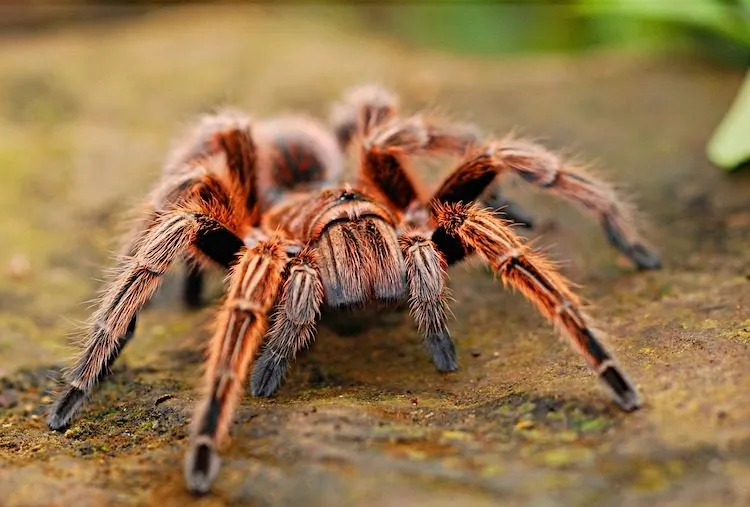
For those new to tarantula keeping, some species are better suited due to their temperament and care requirements. The Chilean Rose Hair (Grammostola rosea), the Mexican Red Knee (Brachypelma hamorii), and the Brazilian Black (Grammostola pulchra) are often recommended for beginners. These species are generally docile, relatively slow-growing, and have moderate humidity and temperature needs. Researching the specific needs of any tarantula species before acquiring one is crucial. This includes understanding their adult size, lifespan, and the type of environment they thrive in. Always source your tarantula from a reputable breeder or pet store to ensure you receive a healthy specimen.
Considerations Before Getting a Tarantula
Before bringing a tarantula into your home, consider several factors. Firstly, are you prepared for the long-term commitment? Many tarantula species can live for over a decade, requiring consistent care. Secondly, assess your living space. Ensure you have a secure location away from children and other pets, where the enclosure can be kept stable. Thirdly, research the specific species’ needs, including their dietary requirements, environmental preferences, and potential health issues. Finally, be aware of the legal regulations regarding tarantula ownership in your area. Understanding these considerations will help you provide the best possible care for your new pet, and ensure your safety and well-being.
Tarantula Housing Setup
The tarantula’s enclosure is its entire world; setting up a proper habitat is paramount to its well-being. The enclosure should replicate the spider’s natural environment as closely as possible, ensuring its comfort and health. This involves the right size, substrate, temperature, humidity, and decor. The size of the enclosure is crucial, as too small can restrict the spider’s movement, while too large can make it feel insecure. Providing the appropriate environment, and regularly cleaning the enclosure, is vital for your tarantula’s health and longevity.
Enclosure Size and Type
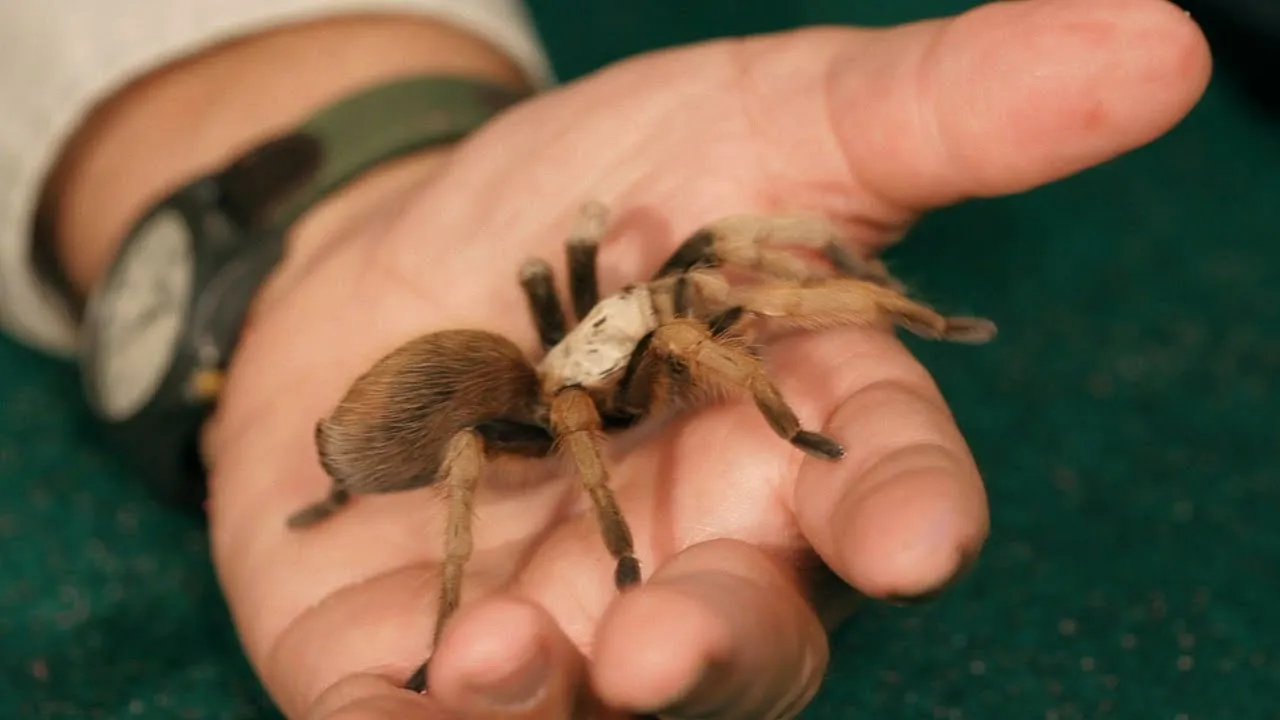
The size of the enclosure should be proportional to the tarantula’s size. A good rule of thumb is to provide an enclosure that is at least twice the spider’s leg span in width and length. For terrestrial species, consider a terrarium that is wider than it is tall, while arboreal species benefit from taller enclosures. The enclosure material can vary, with glass and acrylic being popular choices. Ensure that the enclosure has a secure lid to prevent escapes. Proper ventilation is essential, so the enclosure should have air holes or a screen top, but avoid any gaps large enough for the tarantula to squeeze through. Always prioritize the tarantula’s safety and security when choosing an enclosure.
Substrate and Decor
The substrate, the material at the bottom of the enclosure, is essential for maintaining humidity and providing a comfortable environment. Suitable substrates include peat moss, coconut fiber, and a mixture of both. The substrate should be deep enough for the tarantula to burrow, if it is a burrowing species. Decor adds enrichment and helps the tarantula feel secure. This can include cork bark, artificial plants, and water dishes. Avoid anything sharp or potentially toxic. Clean the enclosure regularly, removing uneaten food and waste to prevent mold and bacterial growth. Replace the substrate every few months, or more frequently if necessary, to maintain a clean and healthy environment.
Temperature and Humidity
Maintaining the correct temperature and humidity is crucial for your tarantula’s health. Most tarantulas thrive in temperatures between 70-80°F (21-27°C). Use a thermometer to monitor the temperature inside the enclosure. Humidity requirements vary depending on the species, but generally, tropical species require higher humidity levels (70-80%), while arid species prefer lower humidity (50-60%). You can achieve this by misting the enclosure with dechlorinated water, providing a water dish, and adjusting the ventilation. Use a hygrometer to measure humidity. Monitor and adjust these environmental parameters regularly to ensure the optimal living conditions for your tarantula. Fluctuations in temperature and humidity can stress the spider, leading to health problems.
Tarantula Feeding and Diet
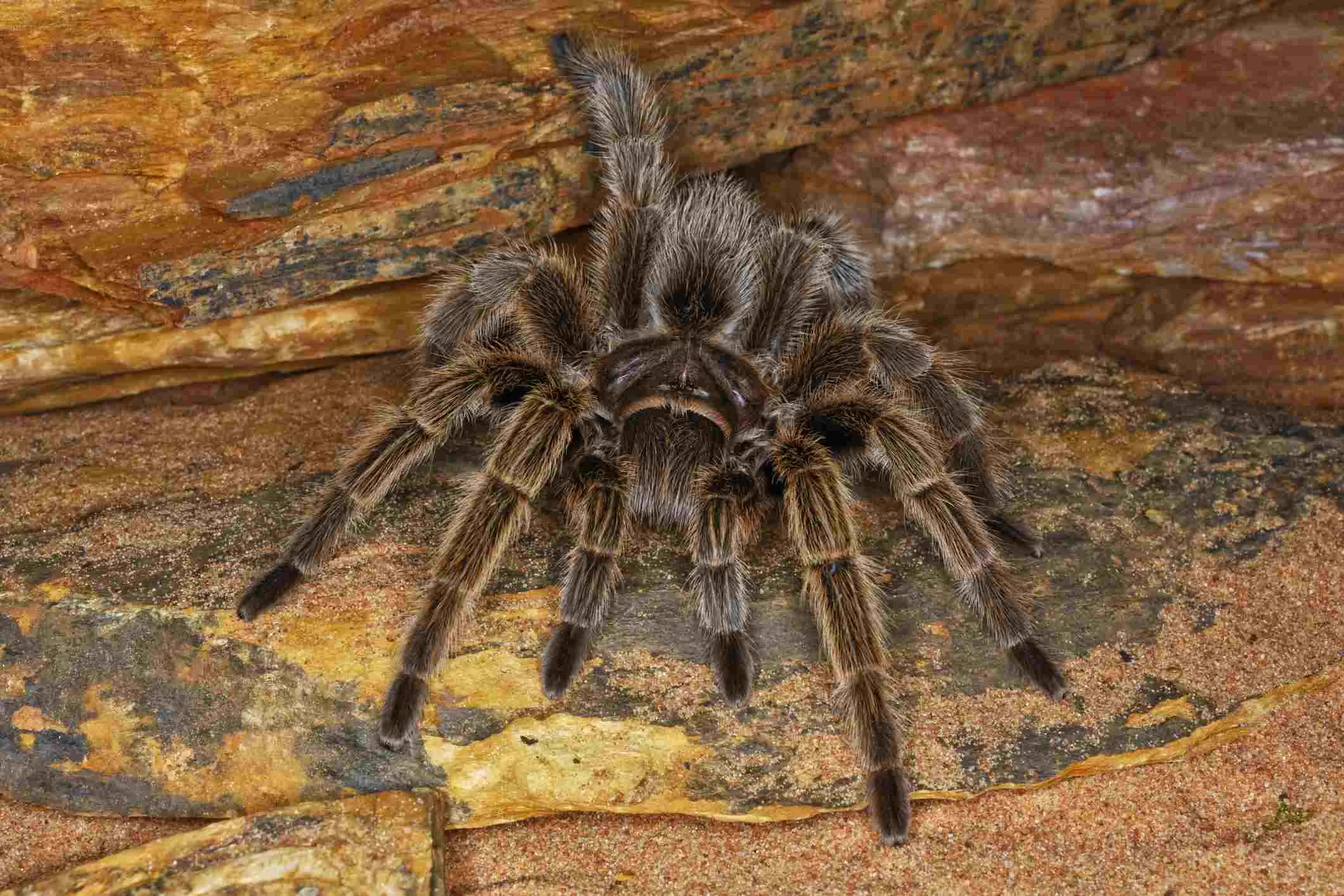
Feeding is a critical aspect of tarantula care. A well-balanced diet and appropriate feeding schedule are crucial for their growth and overall health. Tarantulas are opportunistic predators, and their diet should mimic what they would eat in the wild. Avoid overfeeding, as it can lead to health problems. The type and amount of food will depend on the tarantula’s size, species, and age. Understanding the specific dietary needs of your tarantula is essential for its well-being. Always ensure that the food items are safe and free from pesticides or other harmful substances.
What Do Tarantulas Eat
Tarantulas primarily eat insects. Crickets, mealworms, roaches, and other insects are common food sources. The size of the prey should be appropriate for the tarantula; it should be no larger than the tarantula’s body. Avoid feeding insects that have been exposed to pesticides. Some larger species can also consume small vertebrates, like pinky mice, but this should be done sparingly. It is important to vary the diet to provide different nutrients. Always ensure the food source is clean and healthy to minimize the risk of introducing parasites or diseases. Research the specific diet preferences of your tarantula species to ensure optimal nutrition.
Feeding Frequency
The feeding frequency depends on the tarantula’s age and metabolism. Younger, growing tarantulas may need to be fed more frequently (once or twice a week), while adults can be fed less often (once every one to two weeks). Adjust the feeding schedule based on your tarantula’s appetite and activity level. A tarantula that is about to molt may refuse food. Always remove any uneaten prey within 24 hours to prevent the insect from harming the tarantula or causing mold growth in the enclosure. Monitor the tarantula’s abdomen; a well-fed tarantula will have a round abdomen. If the abdomen appears too thin, increase the feeding frequency.
Watering Your Tarantula
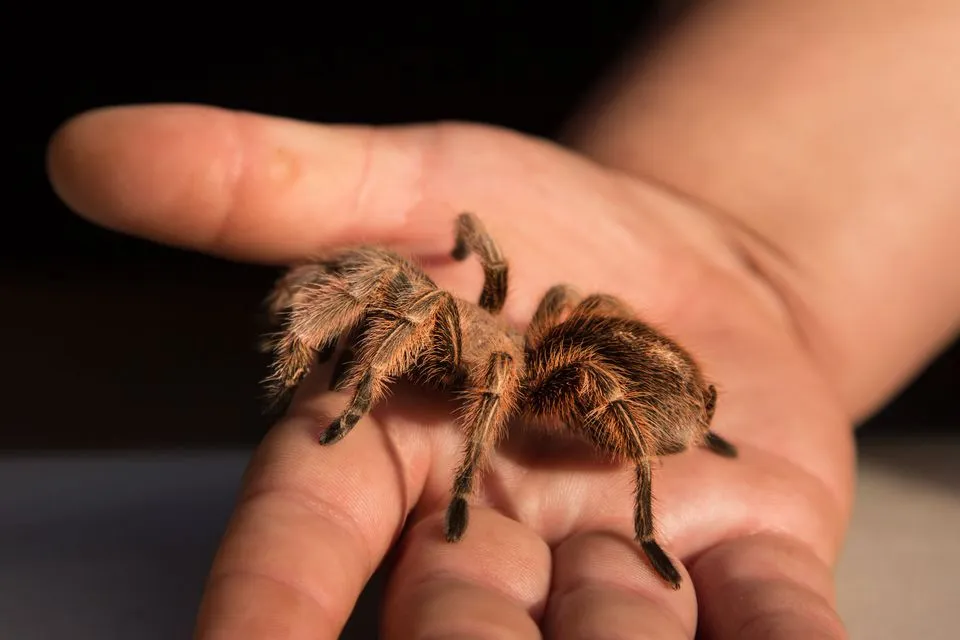
Providing fresh water is essential for your tarantula’s survival. Always provide a shallow water dish with clean, fresh water. The dish should be shallow enough to prevent drowning. Replace the water regularly, at least every other day, to keep it fresh and free from contaminants. In addition to a water dish, misting the enclosure can help maintain humidity, especially for species that require higher humidity levels. Be careful not to over-mist, as excessive moisture can lead to mold and other problems. Make sure that the water you provide is dechlorinated to avoid harming your tarantula.
Tarantula Health and Maintenance
Maintaining a healthy tarantula involves more than just providing food and water. Regular observation, understanding the molting process, and knowing how to handle your spider safely are also vital components of responsible care. Understanding these aspects will allow you to recognize potential health issues early on and provide the necessary care. Preventative care is key, so maintaining optimal environmental conditions is crucial. Regularly inspecting your tarantula and its enclosure will help you to catch problems before they escalate. Learning the signs of a healthy and unhealthy tarantula will give you the necessary knowledge to provide the best care possible.
Molting Process
Molting is a natural process where tarantulas shed their exoskeleton to grow. During this time, the tarantula will usually stop eating and may appear lethargic. The molting process can take several hours, and the tarantula is very vulnerable during this period. Do not disturb your tarantula while it is molting. After molting, the tarantula’s new exoskeleton will be soft; avoid handling it until it has hardened. This hardening process can take several days. Provide a humid environment during molting to prevent the spider from drying out. Proper molting is a sign of a healthy and growing tarantula. If your tarantula has problems molting, consult with an experienced keeper or veterinarian.
Handling Your Tarantula
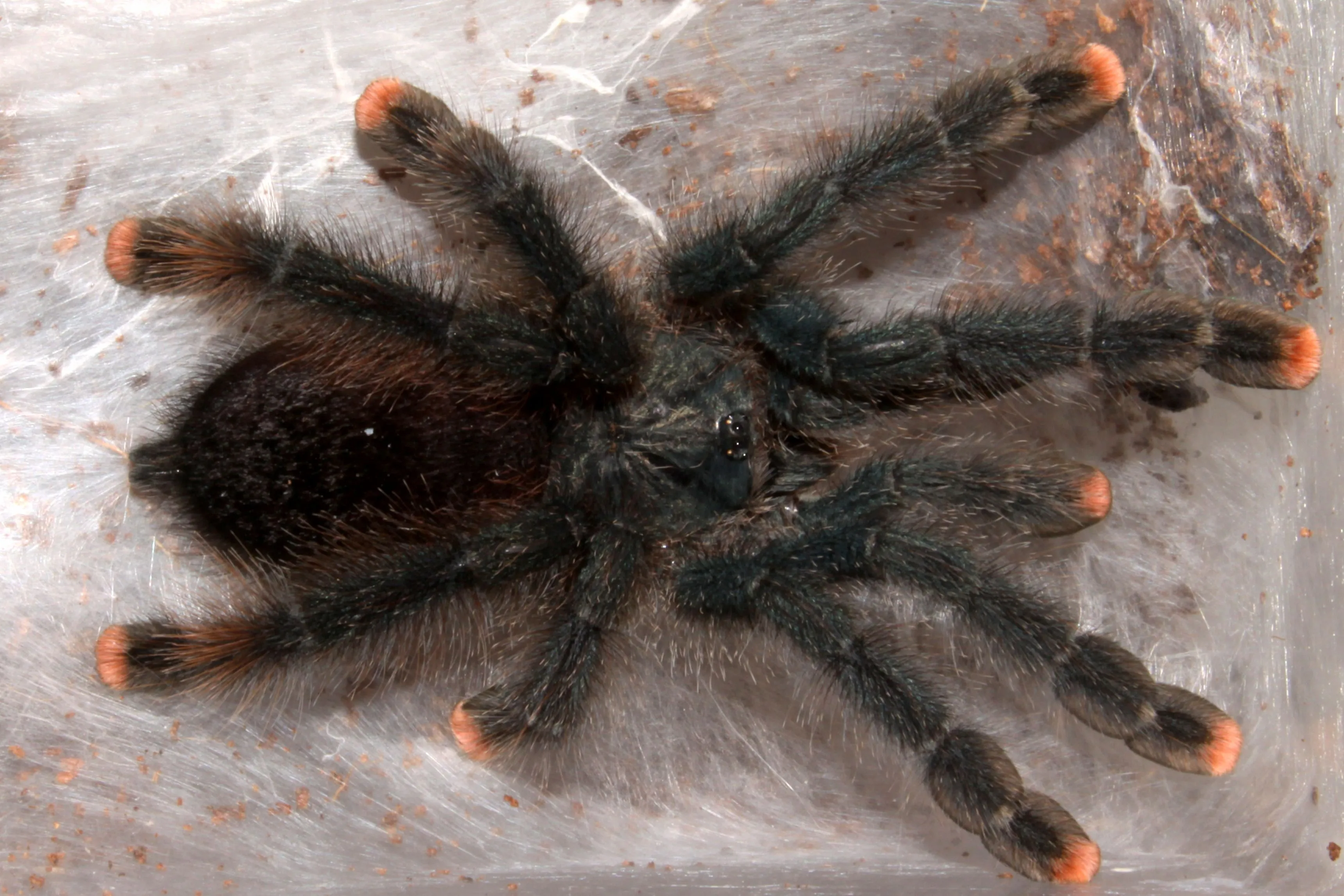
Handling tarantulas should be approached with caution and only done when necessary. Some species are more docile than others. If you choose to handle your tarantula, do so in a safe environment, close to the ground or on a soft surface, to prevent injury in case of a fall. Always wash your hands before and after handling. Avoid sudden movements and be gentle. Be aware of the tarantula’s posture and any signs of stress or aggression, such as raising its front legs or flicking hairs. Some species have urticating hairs that can cause skin irritation; avoid contact with these hairs. If you are bitten, clean the area thoroughly and seek medical attention if necessary. Handling should be kept to a minimum to avoid stressing the tarantula.
Common Health Issues
Like any pet, tarantulas can experience health problems. Some common issues include parasites, bacterial infections, and injuries. Parasites can be introduced through contaminated food or substrate. Bacterial infections can arise from poor hygiene in the enclosure. Injuries can result from falls or interactions with prey. Other issues include dehydration and impaction (constipation). Regularly inspect your tarantula for any signs of illness, such as lethargy, loss of appetite, or unusual behavior. If you notice any health issues, consult an experienced tarantula keeper or a veterinarian specializing in exotic animals. Early intervention is crucial for successful treatment.
Tarantula Breeding
Breeding tarantulas is a fascinating but complex process that requires significant experience and knowledge. It’s a rewarding aspect of tarantula keeping for those interested in contributing to the hobby. The process involves understanding the tarantula’s reproductive cycle, preparing the animals for mating, and providing the appropriate environment for the eggs. Breeding should only be undertaken by experienced keepers who are familiar with the specific needs of the species and are prepared for the responsibilities of raising spiderlings. Proper preparation and care are crucial for the success of breeding and the health of the tarantulas.
Mating Process
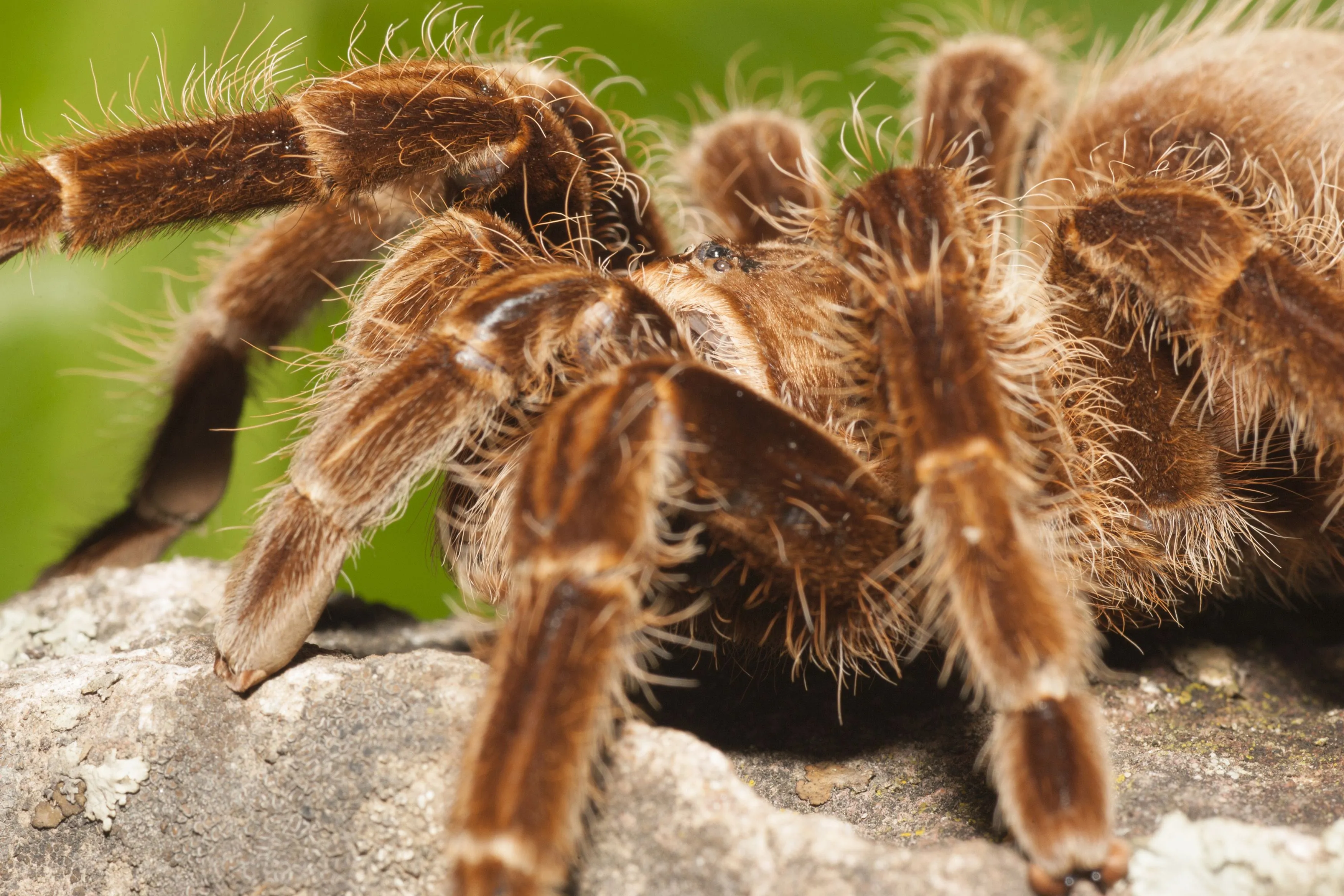
Mating tarantulas is a delicate process that requires careful planning. Female tarantulas should be well-fed before mating. Males should be mature and have the proper equipment for mating. It is important to introduce the male and female tarantulas in a controlled environment and under careful supervision. The male tarantula will typically drum or display to attract the female. If the female is receptive, she will allow the male to approach. The mating process itself is brief, but the risk of the female attacking the male is ever-present. The keeper should separate the tarantulas after mating to ensure the male’s survival. Successful mating is not always guaranteed, and repeat attempts may be necessary.
Egg Sac and Spiderlings
After mating, the female tarantula will lay eggs and encase them in an egg sac. The egg sac should be kept in a controlled environment with appropriate temperature and humidity. The female will protect the egg sac, which typically hatches within a few weeks. Once the spiderlings hatch, they are very small and require specialized care. Provide appropriate food and housing for the spiderlings. Raising spiderlings is a time-consuming process, requiring dedicated care and attention. Successfully breeding tarantulas contributes to the hobby and allows you to observe the fascinating life cycle of these amazing creatures. The proper knowledge, care, and commitment are necessary to successfully breed and raise tarantulas.
